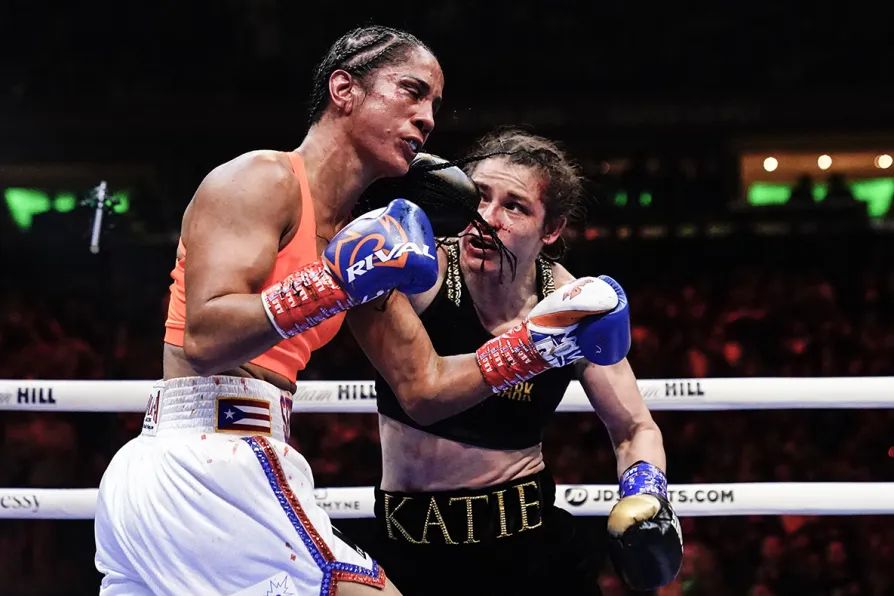Collective action marks first time the sport has voluntarily refused to race in modern history

 Ireland's Katie Taylor (right) punches Amanda Serrano during the sixth round of a lightweight championship boxing match, April 30, 2022, in New York
Ireland's Katie Taylor (right) punches Amanda Serrano during the sixth round of a lightweight championship boxing match, April 30, 2022, in New York
AFTER many years and a prolonged struggle for mainstream recognition, women’s boxing has arrived.
A sold-out Madison Square Garden in New York last weekend witnessed Ireland’s Katie Taylor and Puerto Rico’s Amanda Serrano make history as the first women’s world title clash to headline at The Garden, boxing’s most iconic venue.
Co-promoted by Eddie Hearn and YouTube boxer-turned promoter Jake Paul, and broadcast live by US streaming giant DAZN as a pay-per-view event, Taylor won a 10-round split decision after what many have described as one of the best and most exciting fights The Garden has ever hosted, regardless of gender.

In recently published book Baddest Man, Mark Kriegel revisits the Faustian pact at the heart of Mike Tyson’s rise and the emotional fallout that followed, writes JOHN WIGHT

As we mark the anniversaries of the Hiroshima and Nagasaki bombings, JOHN WIGHT reflects on the enormity of the US decision to drop the atom bombs

From humble beginnings to becoming the undisputed super lightweight champion of the world, Josh Taylor’s career was marked by fire, ferocity, and national pride, writes JOHN WIGHT

Mary Kom’s fists made history in the boxing world. Malak Mesleh’s never got the chance. One story ends in glory, the other in grief — but both highlight the defiance of women who dare to fight, writes JOHN WIGHT














